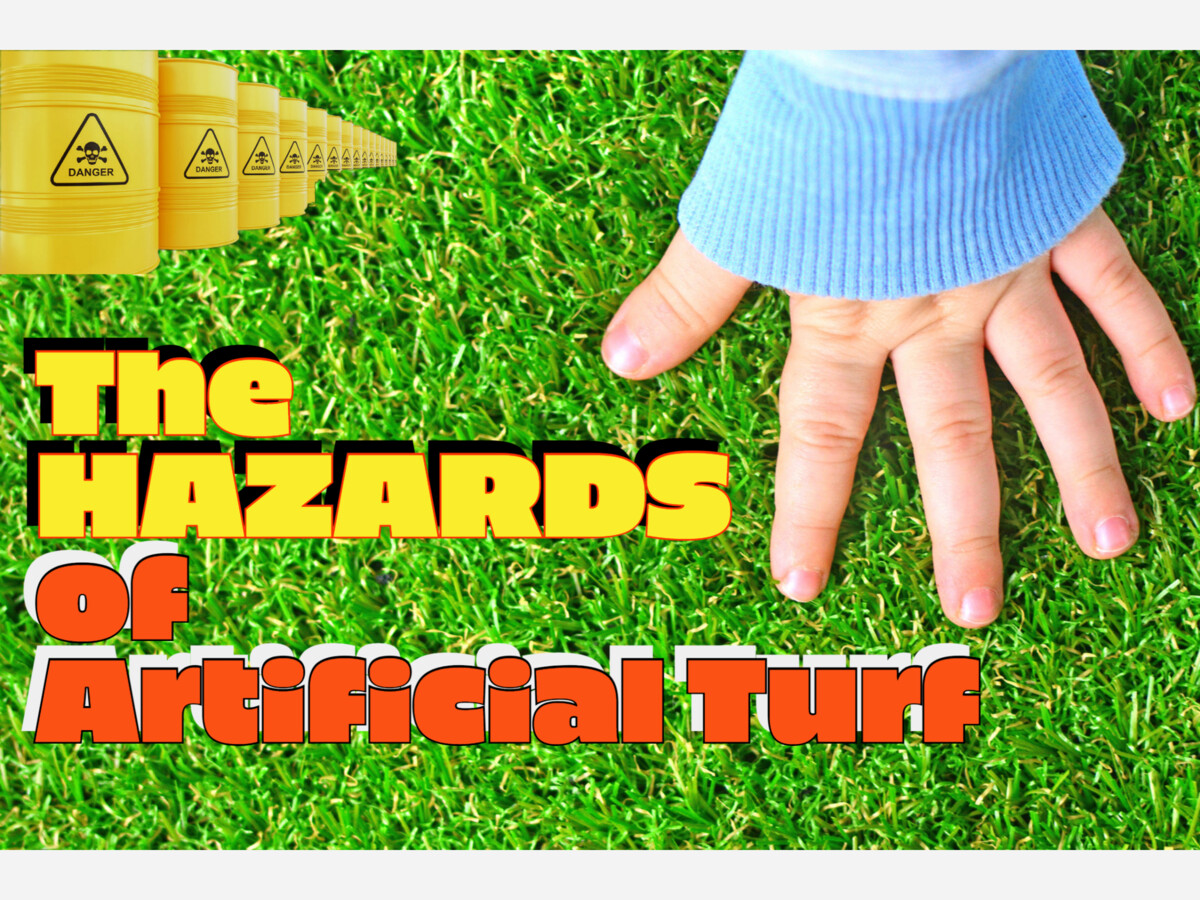Image

In response to reader questions following the article titled, “Health Hazards in New Jersey Schools,” Morristown Minute further investigated the human health impacts of artificial turf fields.
In 1965, James M. Faria and Robert T. Wright of The Chemstrand Company invented the first form of synthetic grass known as "Astroturf."
Artificial grass would rise to prominence in 1966 when AstroTurf was installed in the Astrodome in Houston, Texas.
Over the years, artificial grass has become widely accepted and used by communities, schools, sports stadiums, and more.
Recent controversy has arisen as to the safety of artificial turf playing fields given their ubiquitous use in schools, playgrounds, and other childcare settings.
The health concerns associated with artificial grass regard the presence of lead and other metals including chromium, arsenic, and cadmium, which may present in the synthetic blades of grass or in the rubber particles used as infill.
All of the above name metals are toxic if significant amounts enter/accumulate in the body over a period of time.
While it is known that these metals are present in many artificial turf materials, the effects of exposure to these metals (both short and long-term) are relatively unspoken.
The primary routes through which these metals enter the body are inhalation, ingestion, and direct trans-dermal absorption (through the skin).
According to the New Jersey Department of Environmental Protection (NJDEP), due to the physical structure of artificial turf materials, inhalation appears to be the most likely route of exposure.
There is, however, a real question as to whether these metals are present in a form that can result in the formation of inhalable matter. And the more important question is, if they are inhalable, how much of a health hazard does this present?
NJDEP researchers conducted a pilot study in 2011 to assess the potential for exposure to lead, chromium, arsenic, and cadmium through inhalable aerosol from playing on artificial turf. They tested five artificial turf fields during athletic practices or games and found that “exposure from lead-containing artificial turf fields is not just limited to dermal, but also to inhalation route of exposure.”
Anyone who has watched athletes run on turf and observed their feet has likely noticed the small black puffs of infill kicked up behind a sprinting foot. While larger particles are visible, smaller and potentially respirable (inhalable) particles are also kicked up from the turf that are barely or not at all visible to the human eye.
There is little doubt that constant activity on an artificial turf field is more likely to disturb infill materials, and thus present a larger health risk to those in the vicinity.
For a complete report on the health hazards of artificial turf click here.
-
Thank you to the Morristown Minute readers for their comments and emails that lead to this article.
Follow Morristown Minute on Instagram, and Twitter for more local and state updates.